As an authoritative coffee flavor guide map, as long as it is used properly, the new partners who join can quickly categorize the flavors presented by the coffee, and after learning it, combined with practice, mastering the coffee flavor is simply a foregone conclusion. Of course, it is necessary to understand the coffee flavor wheel in the right way. So, the front street today’s small class begins! Simply take you to understand the usage of this colorful picture!
First, the diagram of the flavor wheel. The picture below is a brand new version of the flavor wheel synthesized from two ancient versions used by SCAA, and it can be detailed to 85 analogous flavor substances, which is 5 fewer flavor than the old version (the old version identifies 90 flavors). It condenses the negative flavors and clearly distinguishes more positive tastes.
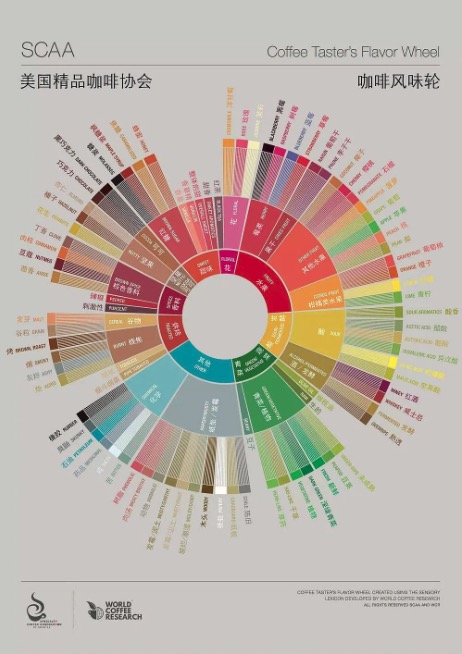
The flavor wheel has three rings, divided into the inner ring, the middle ring, and the outer ring. Their relationship is like the directory in the illustrated book. First, find the category from the inner ring, and then find the difference between the categories in the middle ring, and finally, it is subdivided into each concrete flavor individual.
The inner ring serves as an outline of the category, with nine categories: herbal plants, acid-fermented, fruits, flowers, sugars, nuts cocoa, spices, baking flavors, and other categories.
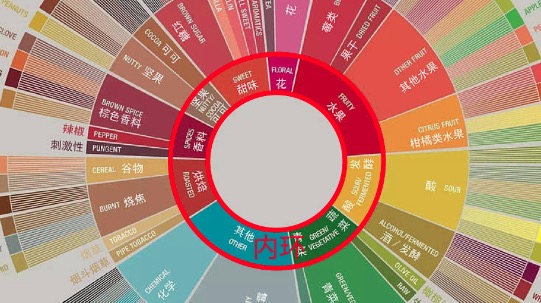
The middle ring separates the different types of the categories. For example, the fruits in the inner ring are divided into berries, dried fruits, other fruit categories, and citrus plants in the middle ring.
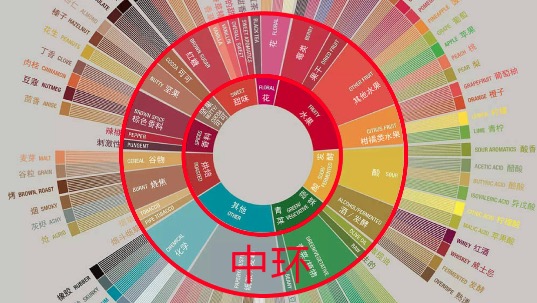
Finally, it is subdivided into the individual on the outer ring. For example, the citrus plants in the middle ring will be divided into grapefruit, oranges, lemons, and limes and other highly characteristic individuals in the outer ring. Flowers are rather special. In addition to various colored flowers, it also includes black tea, that is, the black tea rhyme tasted in coffee actually also belongs to the category of flowers.
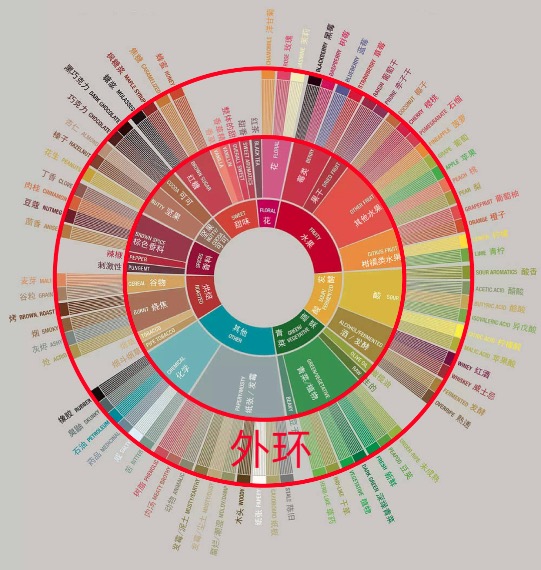
Once we know the relationship of each ring, we can try to use it to cultivate our senses when tasting food, and classify the taste of the food according to the flavor wheel. When drinking coffee, we can more systematically distinguish the flavors. For example, if you taste sourness in a cup of coffee, then we start with the large category with sourness (the inner ring), whether it is the sourness of fruit or the sourness like lactic acid drinks or vinegar?
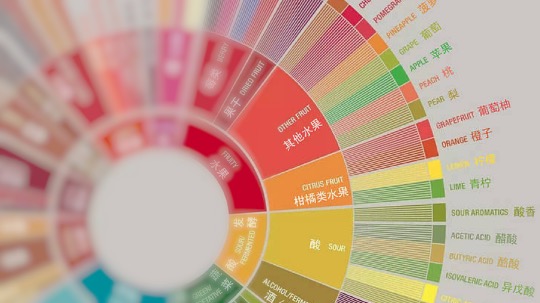
If it is the sourness pointing to the fruit, then look for it in the middle ring of the fruit. For example, if it has a higher acidity and some fresh sour aroma, it may be the citrus category. Or it may be the berry category with higher sweetness and a little sourness. Once you have made your selection, you can make the final distinction. This acid belongs to which specific flavor, such as citrus, oranges, grapefruit, and in actual ordinary times, there are quite obvious differences.
Second, colors can also be a object of association. Each color of this flavor wheel has been carefully blended by the London creative agency One Darnley Road, in order to allow people to immediately associate the corresponding concrete flavor when they see this color. For example, the white jasmine, the orange orange, and the pink grapefruit. It can connect the color and aroma very well. For example, the flavor descriptions we often see, such as white flower fragrance, actually refer to a kind of elegant and fresh flower fragrance like jasmine.
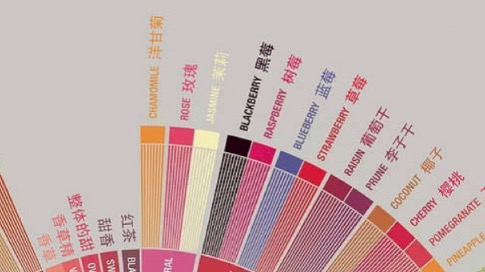
Then the other categories of flavors mostly tend to negative tastes. So blue, gray and other colors that do not look like food are used.
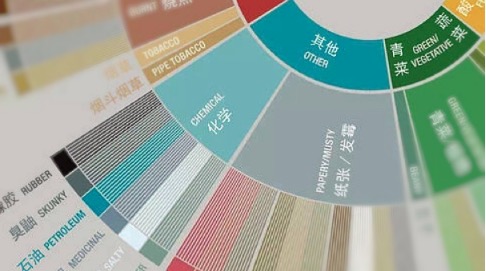
Third, there are two hidden details of the flavor wheel.
The first is the gap between the outer ring. We can rely on the gap between the two concrete flavors to know whether their relationships are similar. For example, the gap between rose and jasmine that belong to the same flower category will be relatively dense, and the recognition degree between them is not high; while the gap between rose and chamomile will be farther away, because these two flavors are easily distinguished. From here, we can see the similarity of their flavors.
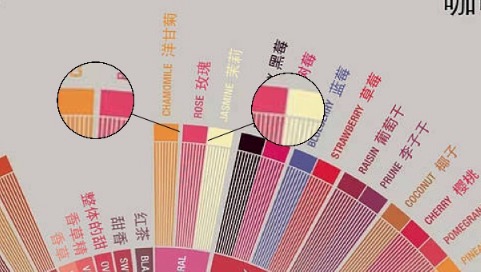
The second is the roasting degree. Except for the other category that appears in various roasting degrees, the arrangement of flavors from flowers to sugars is a cycle of roasting degrees from light to deep. For example, flowers, fruits, acidity and these categories are more in the categories that appear in light and medium-light roasting; spices, nuts, baked products, etc. are more in the flavor categories that appear in medium, medium-deep, and deep roasting, and both have a significant share of sugars.
Understanding the flavor wheel does not mean that you can immediately learn to drink the flavors of coffee, it can only help you sort out the general connection between the flavors in coffee.

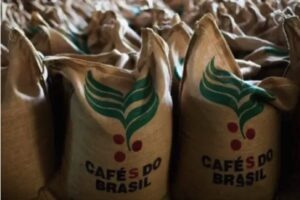
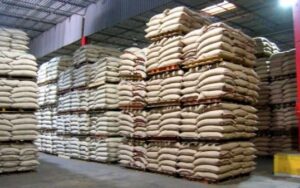

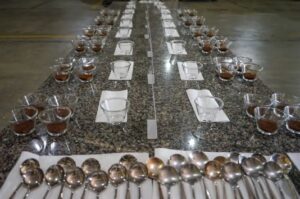


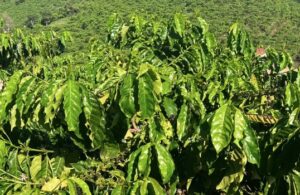


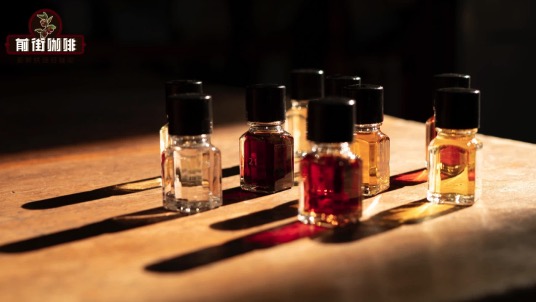

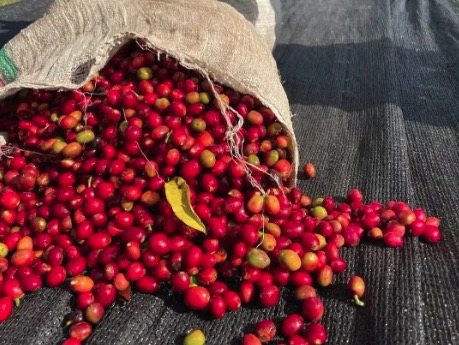
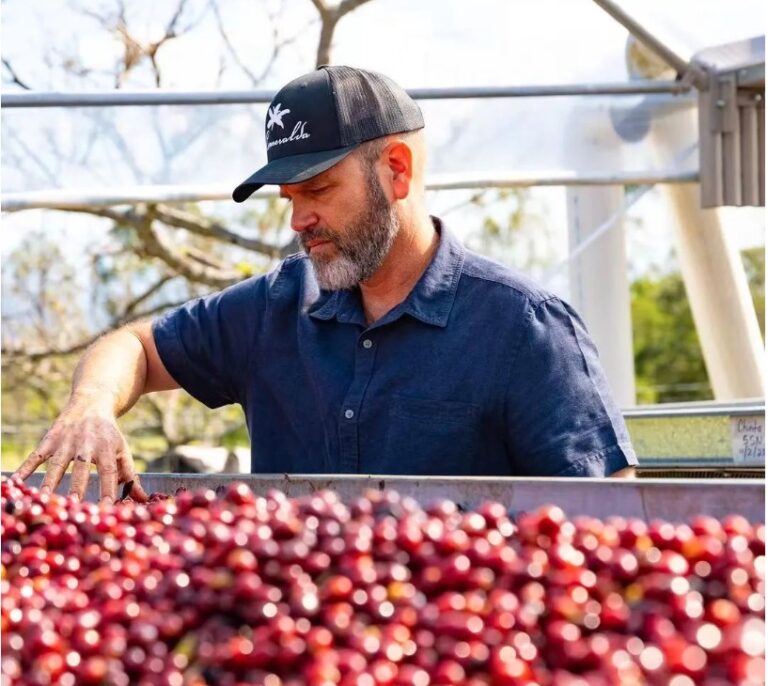
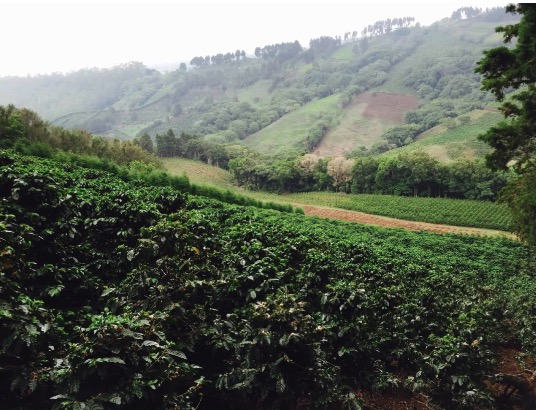
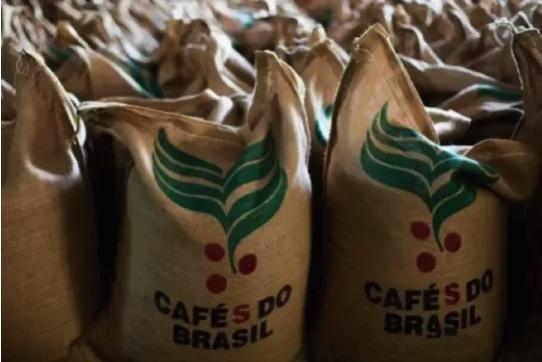
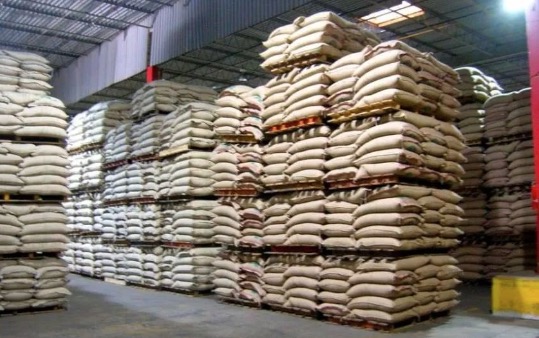



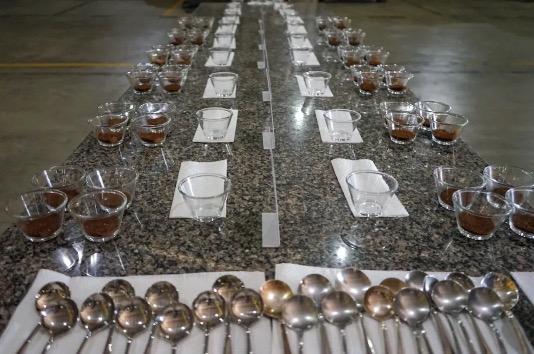


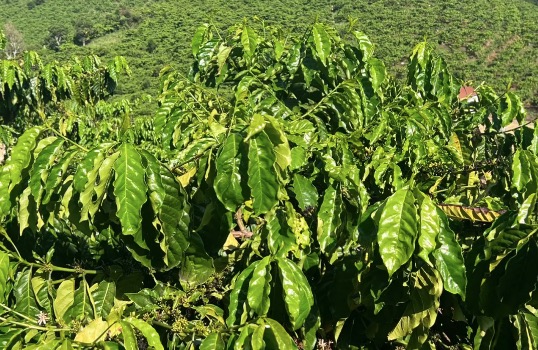
+ There are no comments
Add yours